Cherry blossoms gifted from Japan aren’t the only link to Asia in Washington DC. From the famed tidal basin head northeast and you’ll eventually reach a glorious spot nuzzled into an otherwise urban New York Avenue – the U.S. National Arboretum. Yes, there is a National Arboretum. And one of its greatest treasures is the National Bonsai and Penjing Museum.
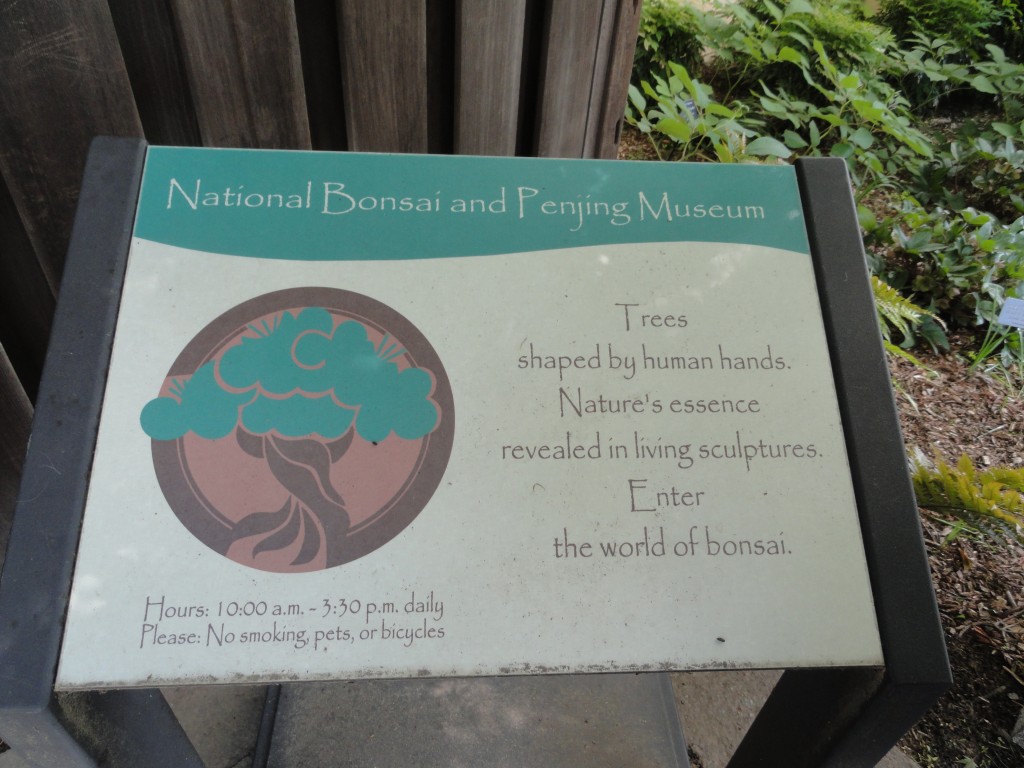
An offshoot of the US Department of Agriculture (which, incidentally, was started by Abraham Lincoln in 1862), the Arboretum features living exhibits spanning the familiar dogwoods and azaleas to the practical herb gardens to the more exotic Asian collection. They even have 22 sandstone Corinthian columns that once stood at the east portico of the U.S. Capitol. But by far the most captivating are the bonsai trees and penjing art.
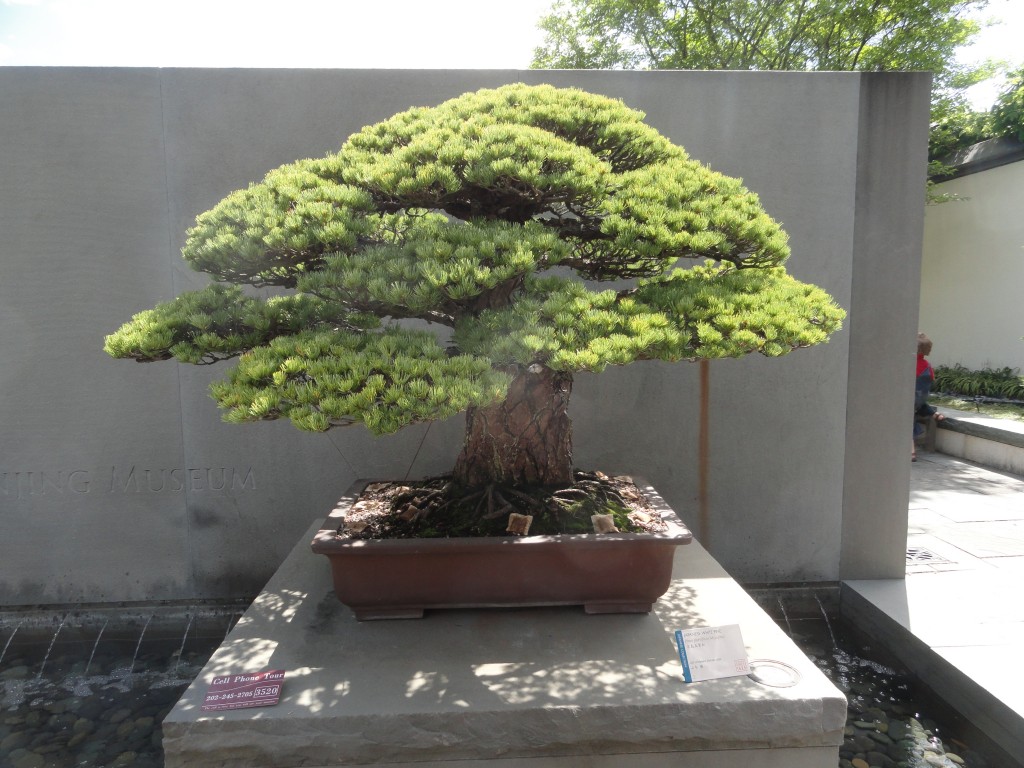
Bonsai is the Japanese art of sculpture using living trees. Each tree is painstakingly managed over many decades and even centuries to limit its size and sculpt its shape. The oldest tree in the museum is the Japanese White Pine in the photo above. It has been in training since 1625, which means that many generations have dedicated thousands of hours to this one tree. How do they sculpt the tree? I’ll talk more about the science of bonsai in a future post. Suffice to say it takes a lot of patience.
Many of the trees in the collection are White, Black, or Japanese Pine, or Junipers. These evergreen conifers lend themselves to being handled and managed. Some of the most beautiful are this California Juniper:
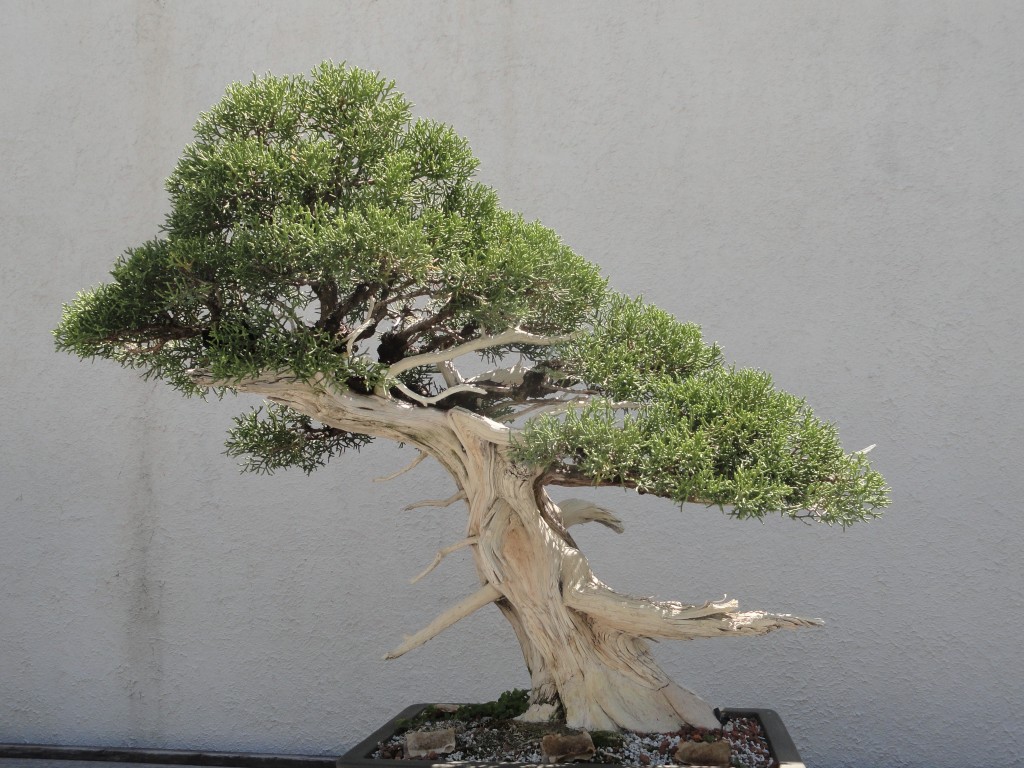
And this Chinese Juniper:
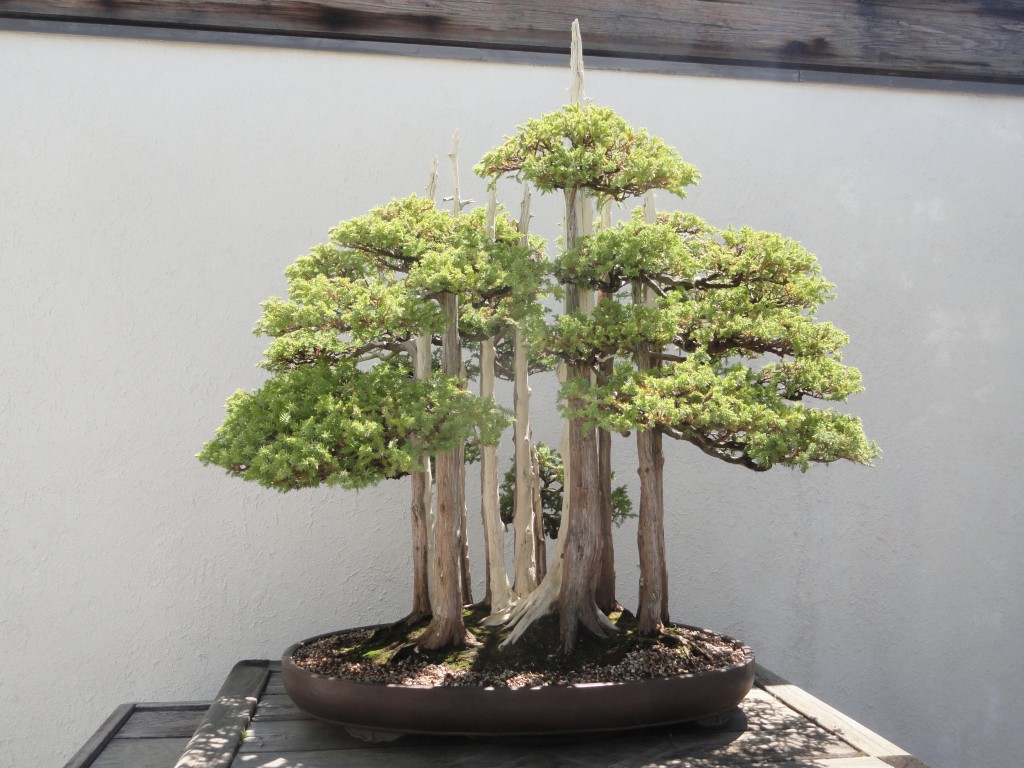
But non-evergreens can also created, like this Japanese Maple:
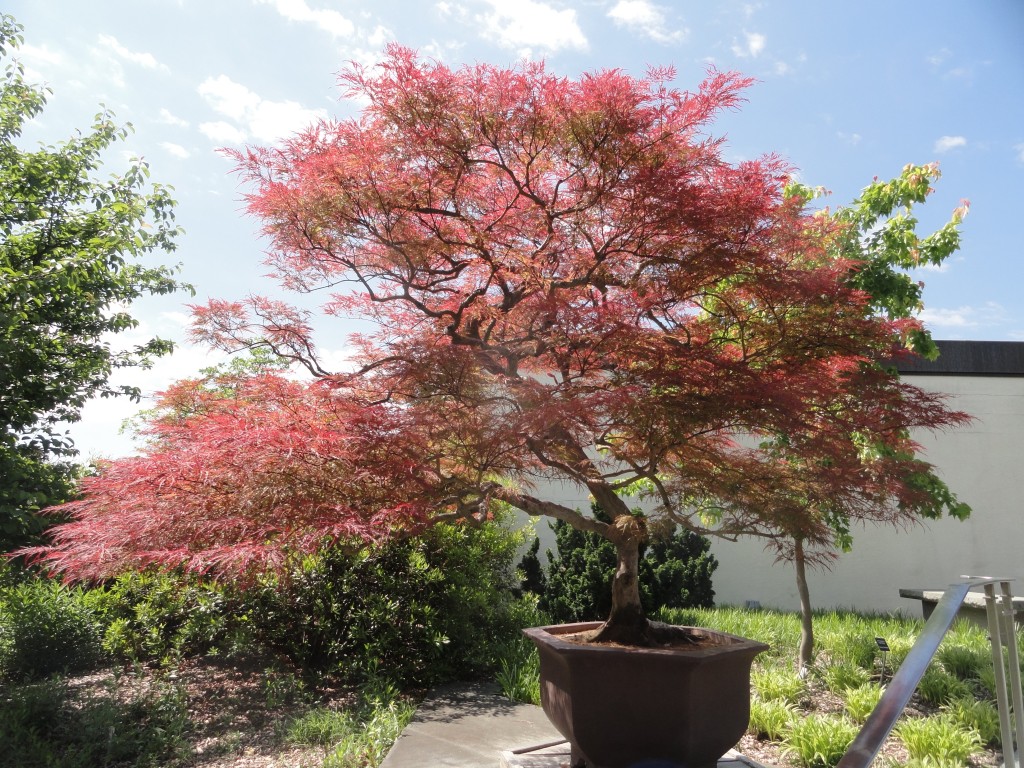
Even trees that we know for their extraordinary size can be kept small by a dedicated bonsai artist. Take, for example, this Coastal Redwood tree:
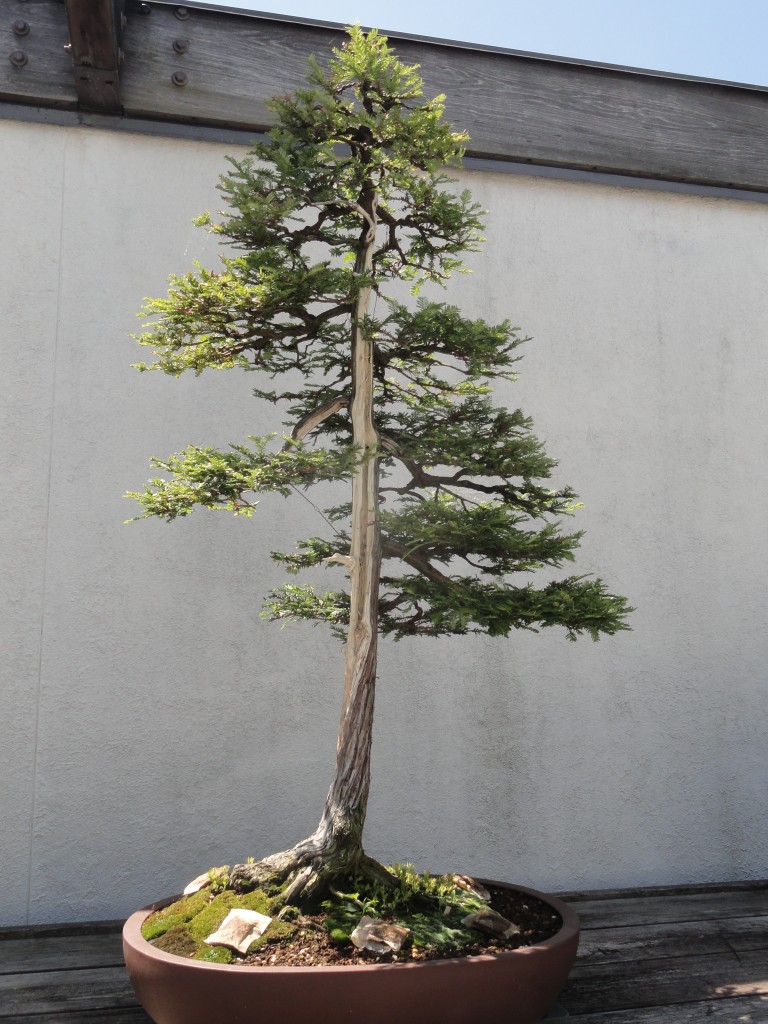
All of the above would be considered Japanese bonsai. The museum also has a several examples of the Chinese art of penjing. Like bonsai, penjing uses carefully managed miniature trees. But penjing places these trees in the context of a miniature landscape.
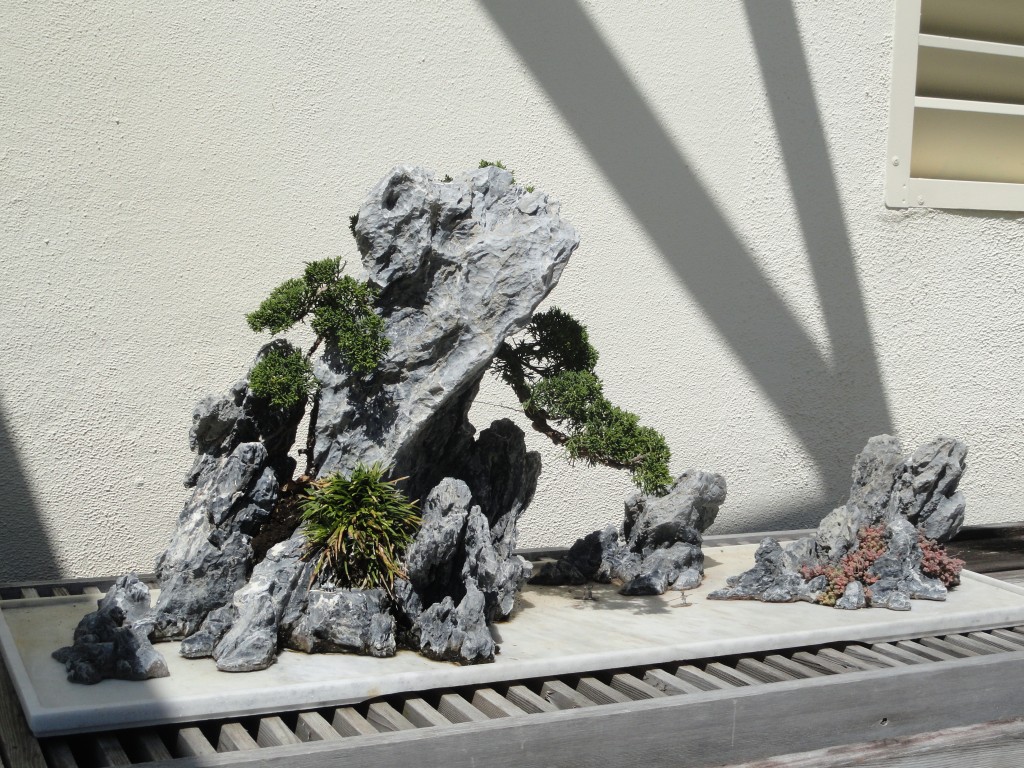
Roots may be “draped dramatically” over rocks. Rocks may also become the focal point of the work, with the trees acting as highlights. In some cases miniature ceramic figures are included to create a “natural” scene on a tiny scale. The effect can indeed be dramatic.
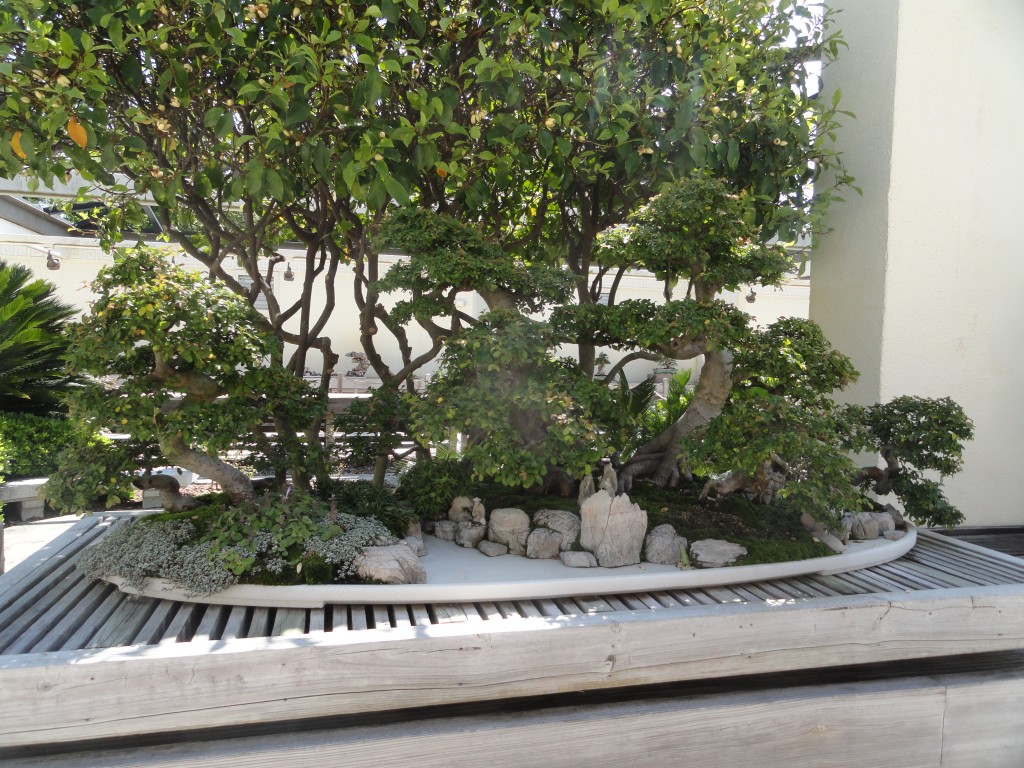
I’ll end this post here but plan to come back for more insights into the fine art of bonsai and penjing. Getting these small trees into the preferred shape (including dragons!) takes some significant, some might even argue tortuous, mechanical manipulation. The public rarely sees the science behind the art. I’ll show it to you.
Meanwhile, check out my Goodreads author page. While you’re at it, “Like” my Facebook author page for more updates!
David J. Kent is the author of Lincoln: The Man Who Saved America, scheduled for release in summer 2017. His previous books include Tesla: The Wizard of Electricity and Edison: The Inventor of the Modern World (both Fall River Press). He has also written two e-books: Nikola Tesla: Renewable Energy Ahead of Its Time and Abraham Lincoln and Nikola Tesla: Connected by Fate.
Follow me by subscribing by email on the home page. And feel free to “Like” my Facebook author’s page and connect on LinkedIn. Share with your friends using the buttons below.



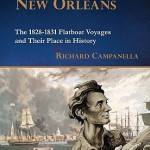 An exceptionally well researched book recreating Abraham Lincoln’s flatboat trips to New Orleans. Campanella is an expert on New Orleans, and has expanded his expertise upstream to develop a detailed account of Lincoln’s two trips down the Mississippi River. No small feat given that the sum total of all the first person reminiscences of the trips by Lincoln and participants wouldn’t fill a page of text. Campanella’s recreation, like many efforts based on such scant direct information, is not however contrived in the least. On the contrary, the effort he has put into collecting and analyzing fragmented – and often contradictory or dubious – accounts is exemplary.
An exceptionally well researched book recreating Abraham Lincoln’s flatboat trips to New Orleans. Campanella is an expert on New Orleans, and has expanded his expertise upstream to develop a detailed account of Lincoln’s two trips down the Mississippi River. No small feat given that the sum total of all the first person reminiscences of the trips by Lincoln and participants wouldn’t fill a page of text. Campanella’s recreation, like many efforts based on such scant direct information, is not however contrived in the least. On the contrary, the effort he has put into collecting and analyzing fragmented – and often contradictory or dubious – accounts is exemplary. The American Civil War was a crossroads between the old style of warfare and modern warfare. This modern warfare (if one can call the wholesale taking of lives “modern”) is explored in an exhibit in the Ford’s Theatre Center for Education and Leadership called “
The American Civil War was a crossroads between the old style of warfare and modern warfare. This modern warfare (if one can call the wholesale taking of lives “modern”) is explored in an exhibit in the Ford’s Theatre Center for Education and Leadership called “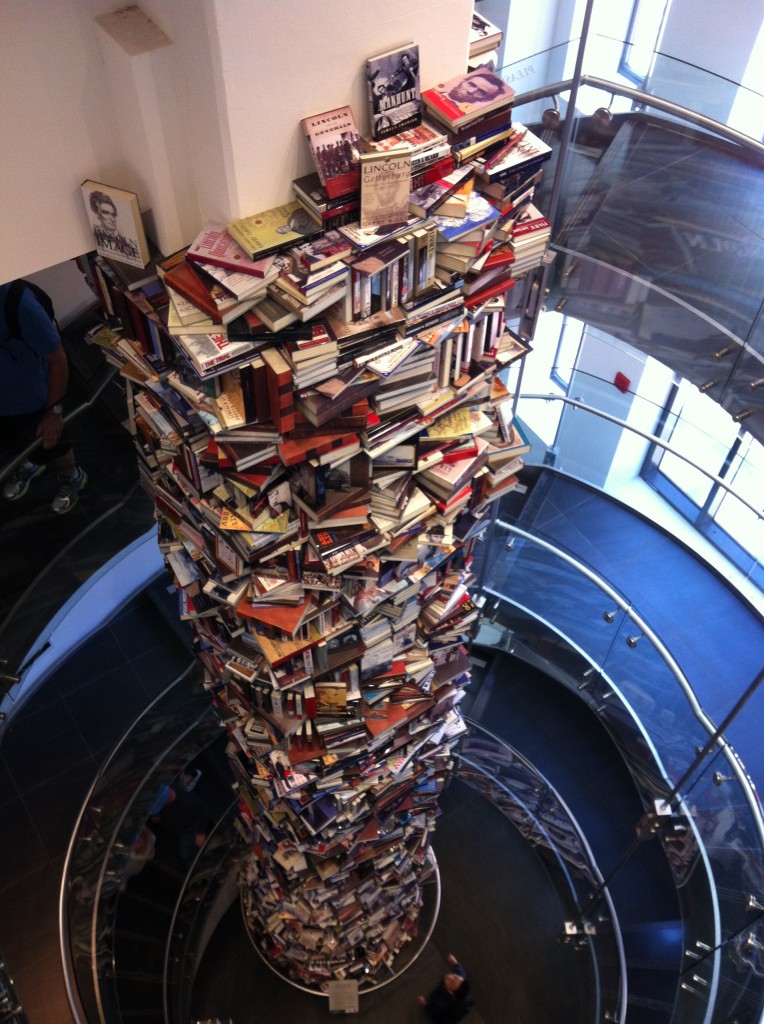
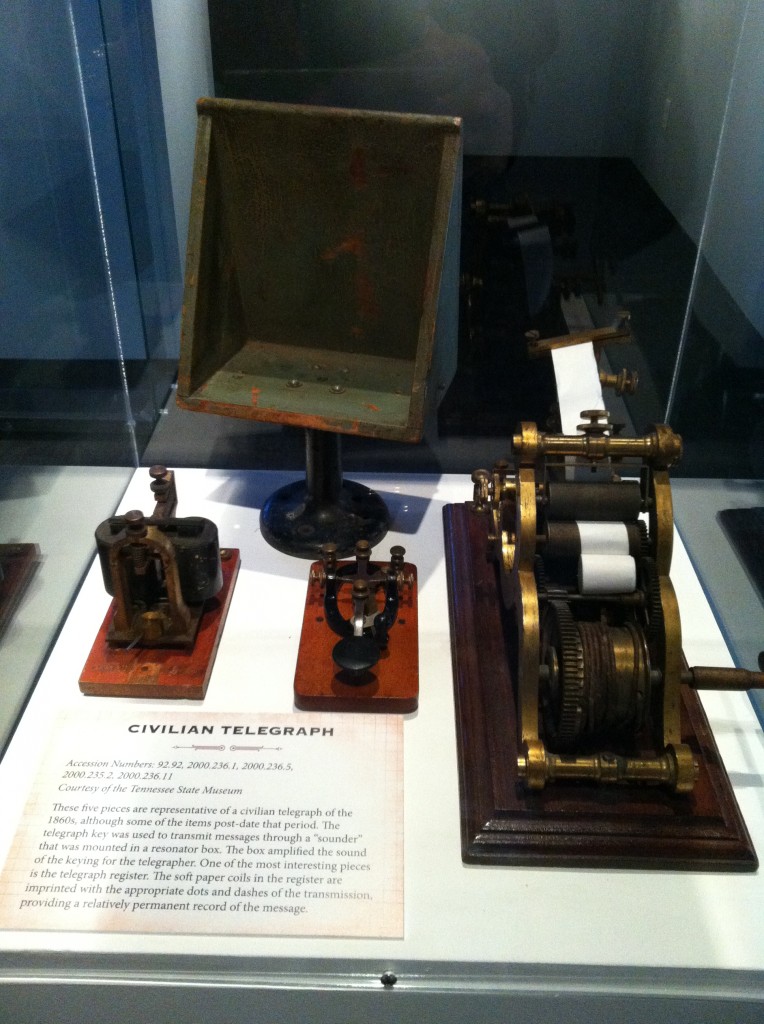
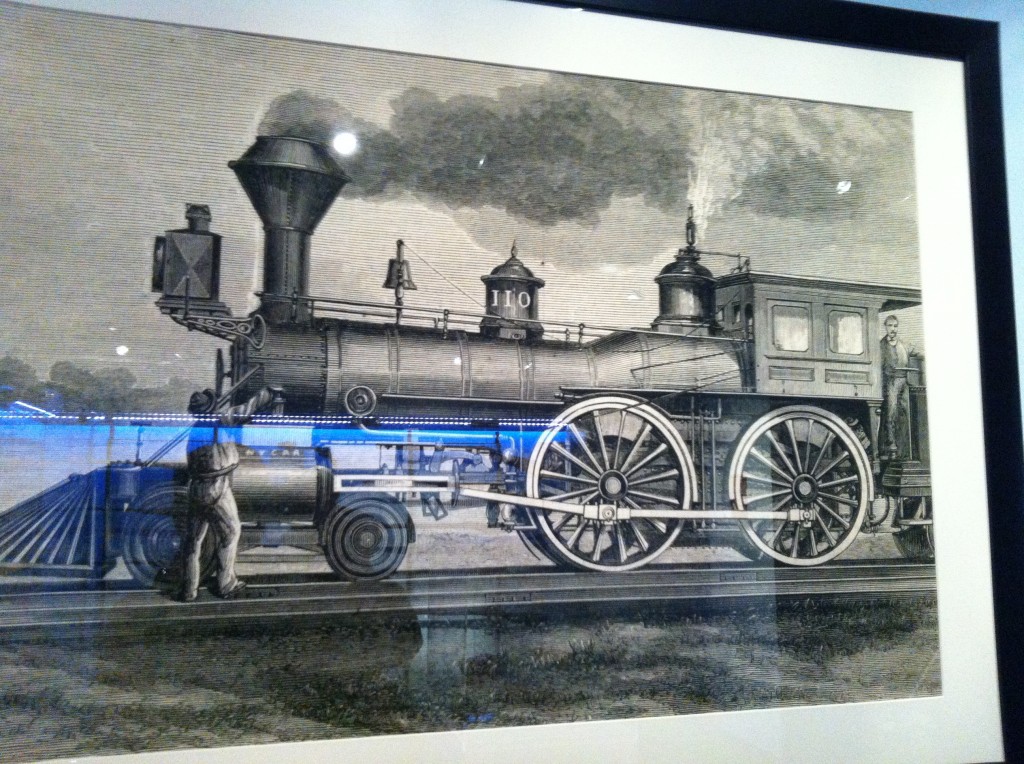 The advancements in railroads, manned balloons, and cannons moved warfare into the modern age. The evolution of basic weaponry – away from single-shot muskets and toward repeating rifles and pistols – increased both the distance and lethality of offense.
The advancements in railroads, manned balloons, and cannons moved warfare into the modern age. The evolution of basic weaponry – away from single-shot muskets and toward repeating rifles and pistols – increased both the distance and lethality of offense.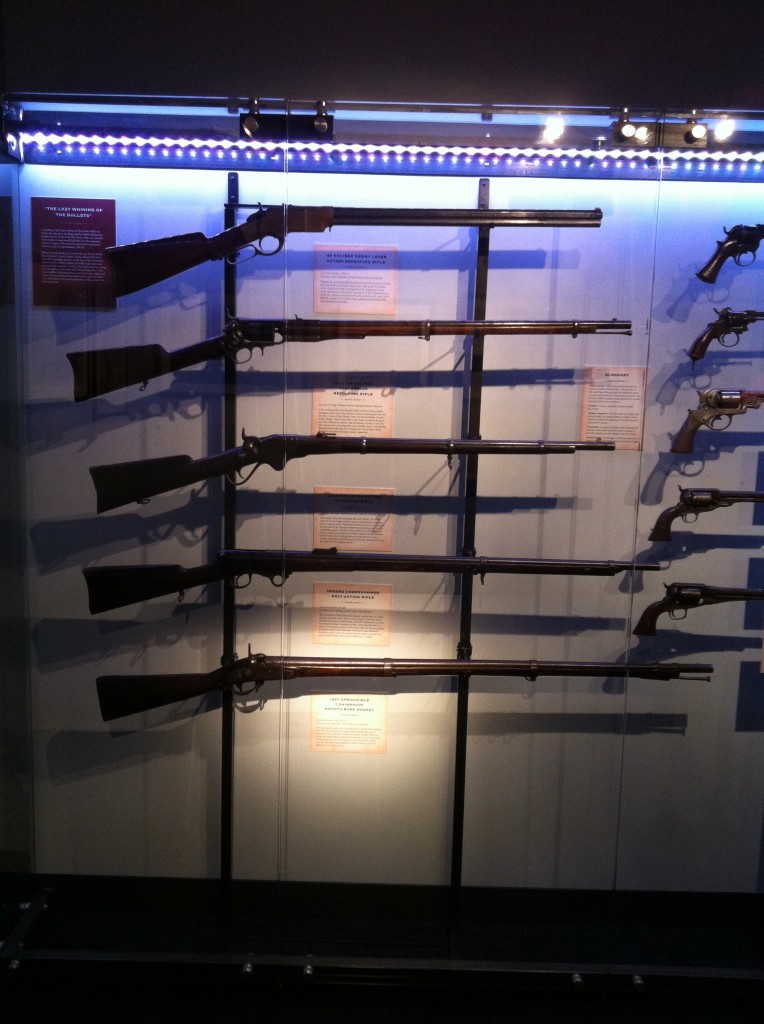
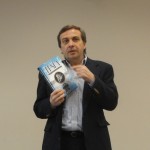 The Oatmeal has done it again! The popular online comic series, created by Matthew Inman, is helping to finish the job of building Nikola Tesla’s Wardenclyffe into a world class museum and science center. His audacity managed to raise over $1.3 million in 2012 for the Tesla Science Center at Wardenclyffe to buy the property. And now in an even more audacious move he has asked Tesla Motors CEO Elon Musk to pony up the $8 million still needed to turn convert the property into a usable venue.
The Oatmeal has done it again! The popular online comic series, created by Matthew Inman, is helping to finish the job of building Nikola Tesla’s Wardenclyffe into a world class museum and science center. His audacity managed to raise over $1.3 million in 2012 for the Tesla Science Center at Wardenclyffe to buy the property. And now in an even more audacious move he has asked Tesla Motors CEO Elon Musk to pony up the $8 million still needed to turn convert the property into a usable venue.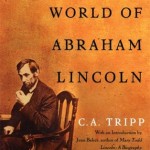 The premise of the book is that Abraham Lincoln was a homosexual, or at least a bisexual. The problem with this premise is that it is purely conjecture and the author does not support it at all. Basically, he just made it up.
The premise of the book is that Abraham Lincoln was a homosexual, or at least a bisexual. The problem with this premise is that it is purely conjecture and the author does not support it at all. Basically, he just made it up.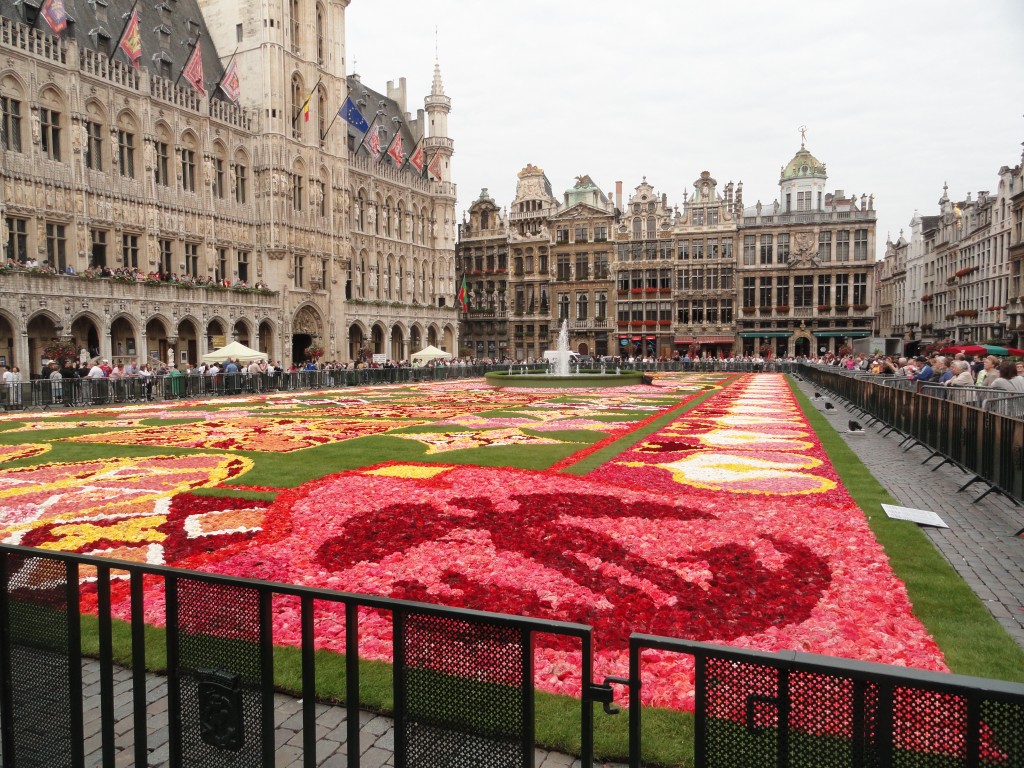
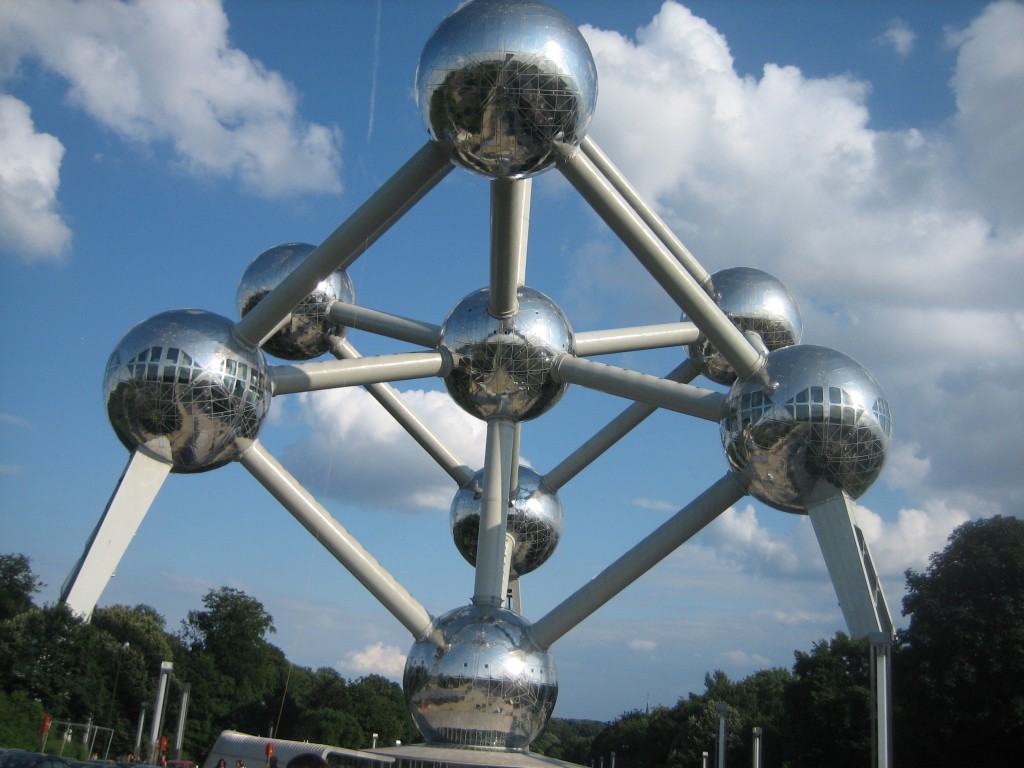
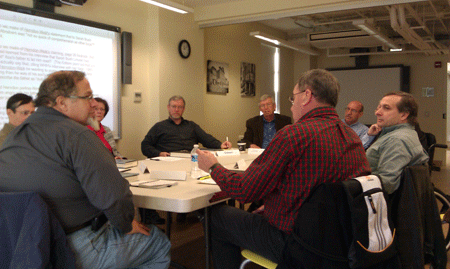
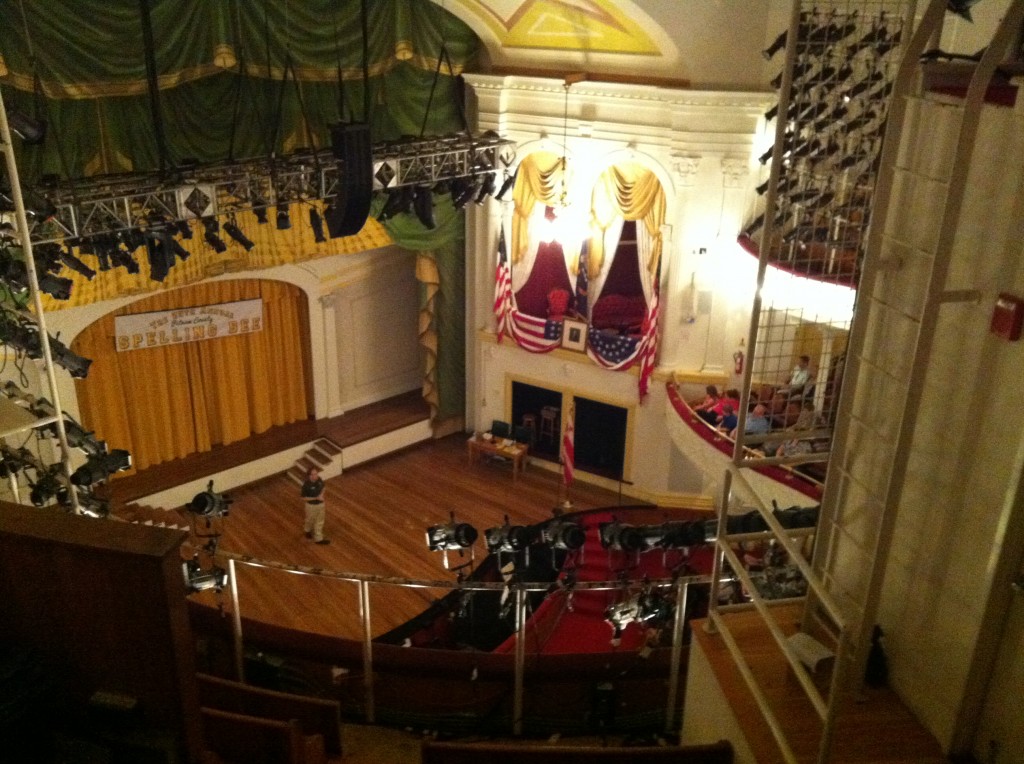
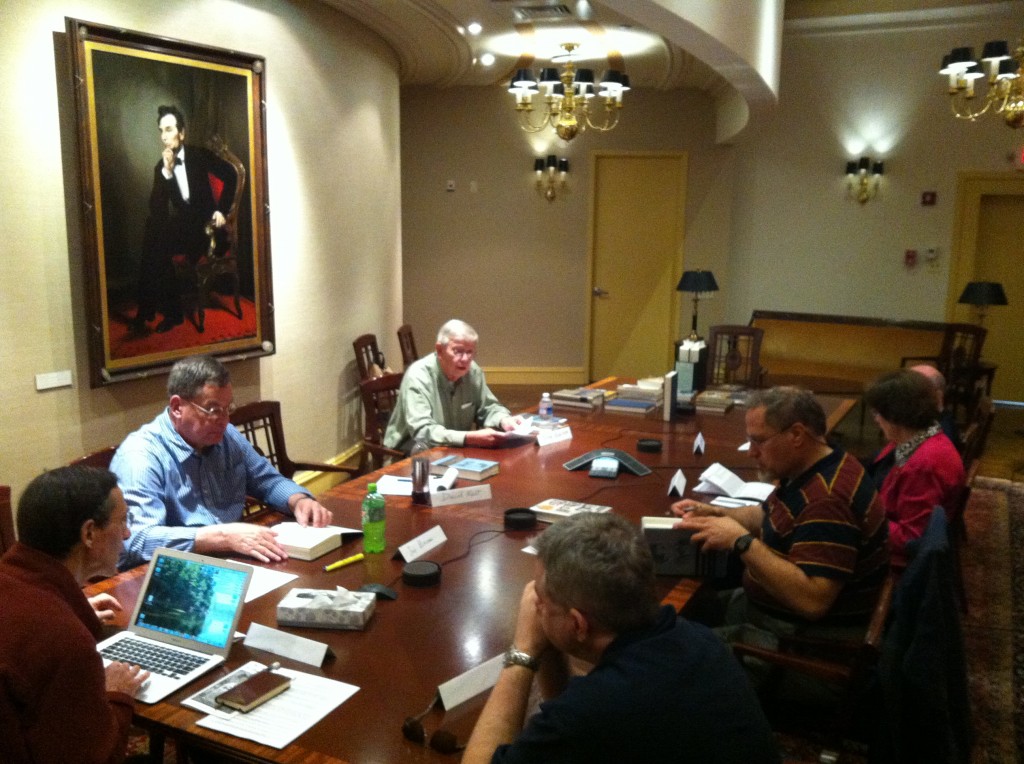

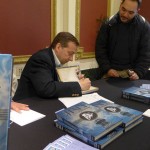 Tesla is popping up all over. And that’s a good thing. Nikola Tesla was one of the most important inventors to the modern world, and yet also one of the least known. That’s been changing over the last few years, which has been reflected in the wonderful reception of
Tesla is popping up all over. And that’s a good thing. Nikola Tesla was one of the most important inventors to the modern world, and yet also one of the least known. That’s been changing over the last few years, which has been reflected in the wonderful reception of 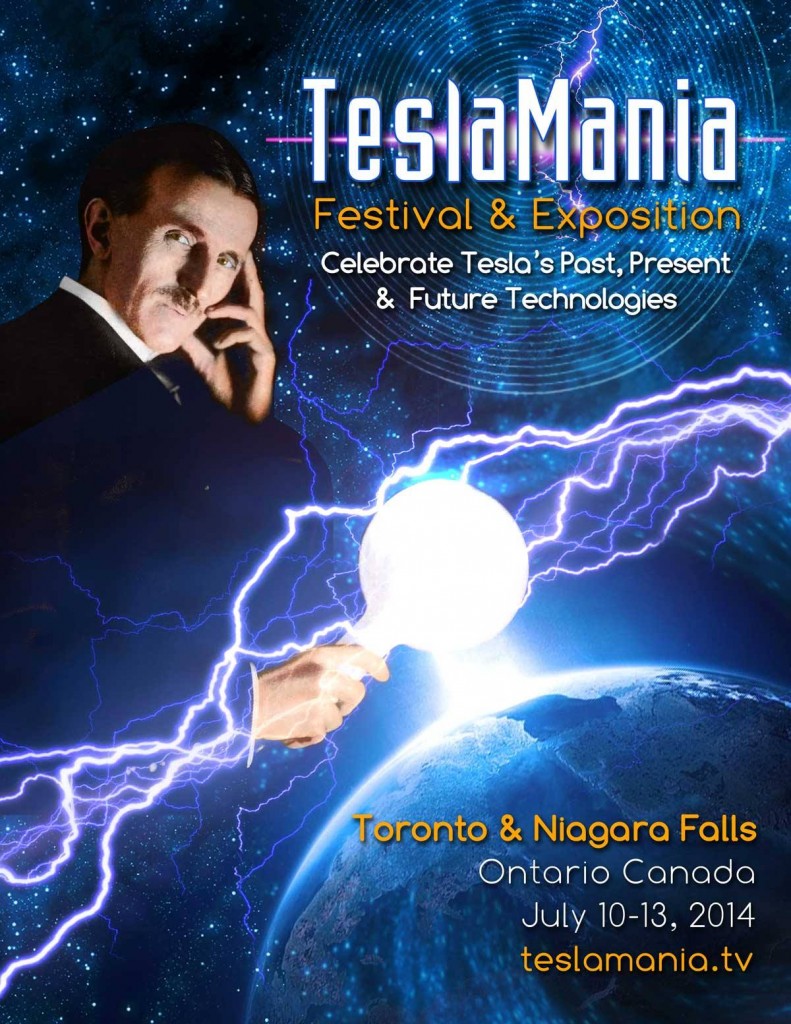
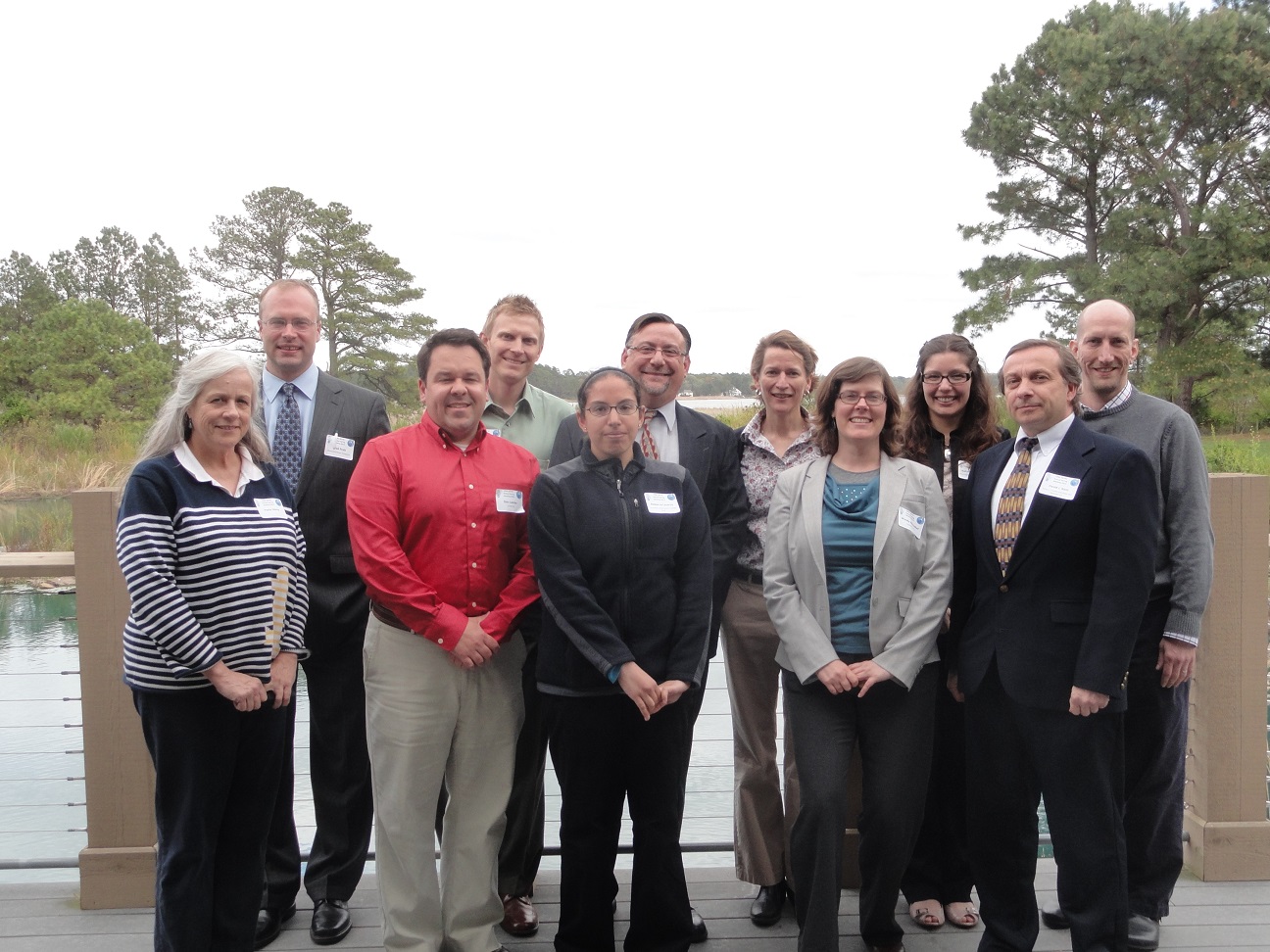
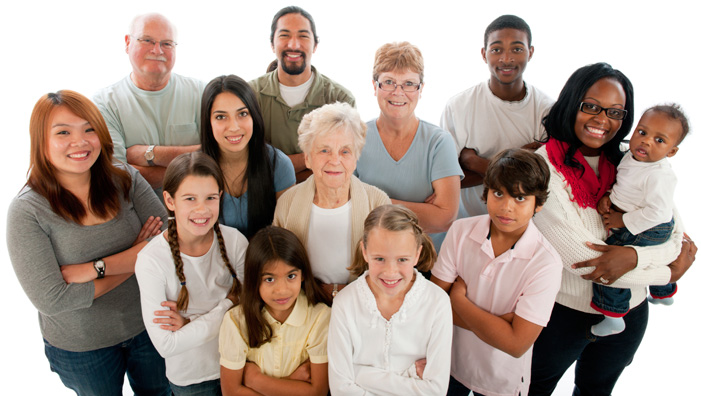
 This is an extraordinary book, for several reasons. First, William H. Herndon was Abraham Lincoln’s law partner for sixteen years prior to Lincoln becoming President. Second, because Herndon spent several years after Lincoln’s assassination writing to and interviewing scores of people who knew Lincoln during his life and career up to the presidency. Third, because editors
This is an extraordinary book, for several reasons. First, William H. Herndon was Abraham Lincoln’s law partner for sixteen years prior to Lincoln becoming President. Second, because Herndon spent several years after Lincoln’s assassination writing to and interviewing scores of people who knew Lincoln during his life and career up to the presidency. Third, because editors 






